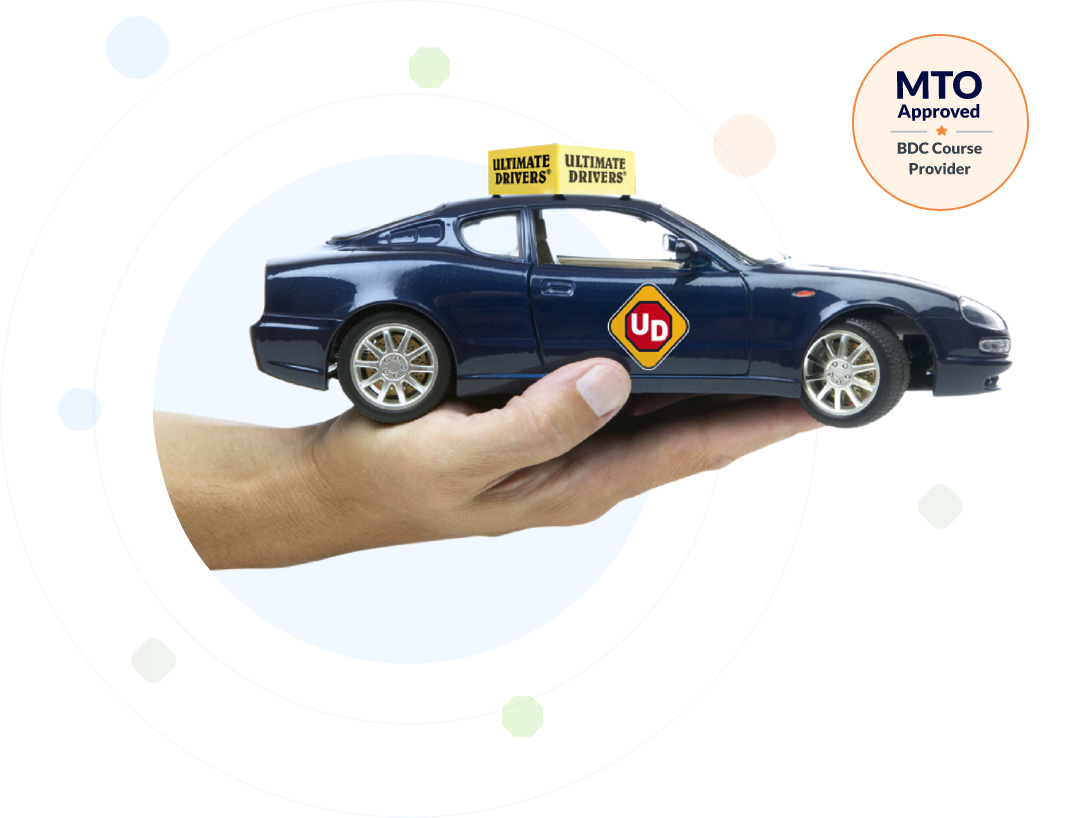Staying
calm during a driving test is essential for performing well. Nerves can
sometimes interfere with your ability to focus and make clear decisions.
However, with the right mindset and preparation, you can manage your anxiety
and show off your skills with confidence. Here are some tips to help you stay
calm during your driving test:
1. Prepare Thoroughly
- Practice, Practice, Practice: The more familiar you are
with the road, the car, and the test routes, the less likely you are to
feel nervous. Take driving lessons and practice in different conditions
(e.g., night driving, busy streets, and parking).
- Know the Test Format: Familiarize yourself with
what to expect during the test. Most driving tests involve a combination
of skills like parking, turning, lane changes, and obeying traffic laws.
Knowing these will help you anticipate the examiner’s instructions.
- Prepare Your Documents: Ensure you have all the
necessary paperwork, such as your learner’s permit, identification, and
any other documents required. Being organized will reduce unnecessary
stress on the day of the test.
2. Take Care of Yourself before the Test
- Get Enough Rest: A good night’s sleep
before the test will help you stay alert and focused.
- Eat a Light Meal: A balanced meal or snack
before the test will help prevent you from feeling sluggish or hungry
during the test.
- Arrive Early: Arriving early gives you
time to settle in and avoid rushing. It also helps you get comfortable
with your surroundings and have time for a quick mental preparation.
3. Practice Relaxation Techniques
- Deep Breathing: If you feel anxious, try
deep breathing exercises. Inhale slowly through your nose, hold for a few
seconds, and then exhale slowly. This helps lower your heart rate and calm
your nerves.
- Visualization: Before the test, visualize
yourself driving confidently and calmly. Imagine yourself executing each
maneuver correctly. Positive imagery can help boost your confidence.
- Stay Present: Focus on the task at hand
rather than worrying about the outcome. Concentrate on each step, from
adjusting your mirrors to making smooth turns. Staying present reduces the
chances of getting distracted by nerves.
4. Mind Your Body Language
- Stay Relaxed: Tension can build up in
your body, especially in your hands and shoulders. Try to relax your grip
on the steering wheel and keep your posture straight but comfortable.
- Use Positive Affirmations: Remind yourself that you
are capable and well-prepared. If negative thoughts creep in, counter them
with positive affirmations like, “I can do this,” or “I’m ready.”
5. Focus on the Basics
- Drive as You Normally Would: Stick to the driving
habits you’ve practised, including checking mirrors, using your turn
signals, and following road signs. Trying to impress the examiner by doing
things you’re not comfortable with can increase your anxiety.
- Take Your Time: There's no rush. If you
feel uncertain about a maneuver, it's okay to take a moment to think
through it, but be sure to signal your intentions clearly to the examiner.
6. Remember It’s Okay to Make Mistakes
- Don’t Panic Over Mistakes: Mistakes happen, and
they’re not necessarily the end of the world. If you make a minor error,
just keep going and focus on getting the rest of the test right. Examiners
understand that no one drives perfectly, and they’re looking for overall
competence.
- Keep Calm After a Mistake: If you make a mistake,
take a deep breath and move on. Keeping your cool is more important than
stressing over small errors.
7. Listen Carefully to the Examiner
- Stay Calm and Ask Questions: If you don’t understand
the examiner’s instructions, it’s okay to ask for clarification. You’re
not expected to read their mind, and they’re there to help you succeed.
- Make Eye Contact and Be
Polite:
This helps establish a positive interaction with the examiner. It also
signals that you’re in control and paying attention.
8. Avoid Last-Minute Cramming
- Don’t Overthink It: Trying to learn new things
right before the test can overwhelm you. Focus on the preparation you’ve
already done and trust in your abilities. Overthinking can increase
anxiety.
9. Bring a Supportive Friend or Family Member
- Having Someone You Trust Can
Help: If
your driving test location allows, having a supportive friend or family
member with you before the test can calm your nerves. Just their presence
can be comforting. However, avoid having someone who might stress you out
in the waiting area.
10. Keep Perspective
- It’s Just a Test: Remind yourself that it’s
just a driving test, not a life-or-death situation. The examiner is there
to assess your abilities, not to judge you personally.
- You Can Always Retake the
Test: If
you don’t pass, it's not the end of the world. Most people don’t pass on
their first try, and you can always retake the test. Learn from any
mistakes and move forward.
11. Visualize the Day of Your Test
- Know What to Expect: Visualizing the entire
process—from the moment you arrive at the testing centre to the end of the
test—can help you feel more prepared. This includes imagining a calm and
successful performance.
Ultimate
Drivers in Ontario focuses on preparation, relaxation techniques, and
maintaining a positive mindset. As a result, you’ll be in a much better
position to stay calm and perform confidently during your driving test.





